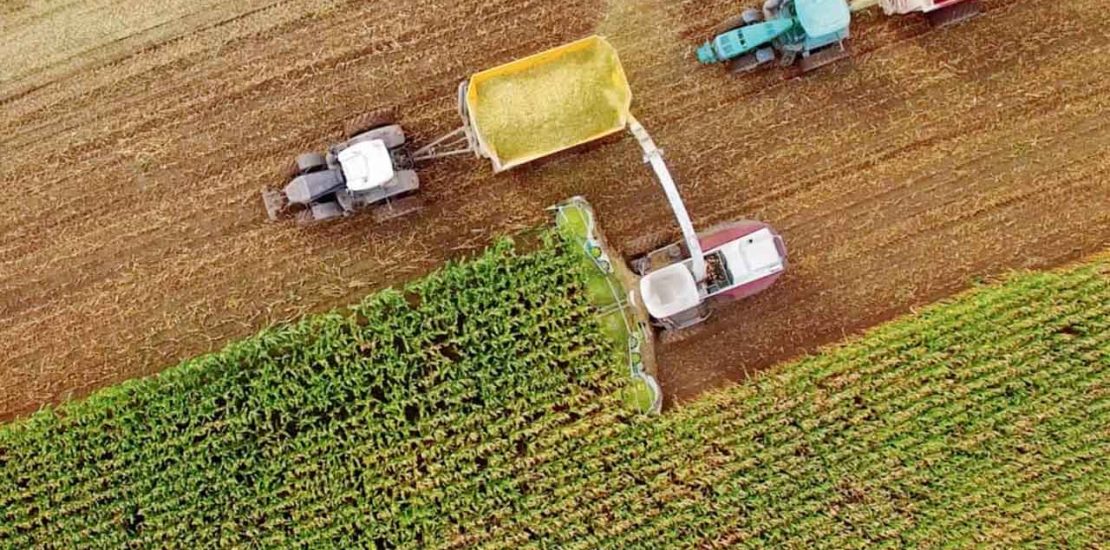The agricultural markets of the European Union are gradually returning to stability
- 14 November 2024
- Posted by: admin_acert
- Category: Newsfeed

European Union (EU) agricultural markets are showing positive signs of stabilization, according to the autumn 2024 edition of the short-term outlook for EU agricultural markets published today by the European Commission.
According to the report, these positive trends are mainly due to production costs falling steadily in recent months as food inflation has stabilised. The general macroeconomic and food price environment points to potential improvements in demand for agri-food products in most sectors. However, the outlook is still characterized by a high degree of uncertainty, linked to weather events, geopolitical conflicts and animal and plant diseases. In the period following the spring release of the short-term outlook, more frequent and damaging adverse weather conditions were observed, which affected the production and quality levels of the most important arable crops.
For example, EU cereal production for 2024-2025 is estimated at 260.9 million tonnes, about 7% below the five-year average, the lowest production in a decade. This is due to adverse weather conditions that affect yields and, in part, to a reduction in cultivated area due to, among other things, excessive rainfall that disrupts planting. The most affected crops are common wheat and maize, while production of oats, barley and durum wheat has increased. However, in 2024-2025, olive oil production is expected to return to an average level of 2 million tonnes, after two years of low production and record high prices. EU milk supply is projected to increase marginally in 2025, while EU cheese production may increase further in 2025 as EU cheese exports could increase due to competitive prices. EU pork production is expected to decline slightly by 0.5% in 2024 and by 0.2% in 2025. However, the EU poultry sector shows good market prospects in 2024, with production increasing by 4% and increase in exports by 3%
